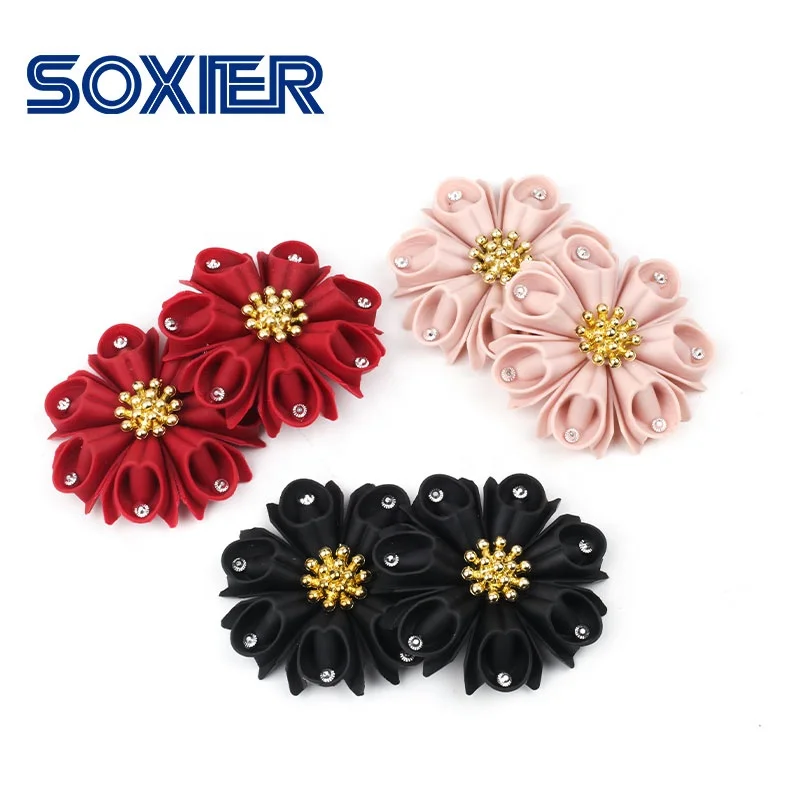
CALZADO en TENDENCIA en AVELLANEDA FLORES/ Locales mayoristas/Moda OTOÑO INVIERNO 2022/Dónde comprar - YouTube

Compra Partes Y Accesorios Para Zapatos Barato | Entrega Rápida Y Calidad | DHgate Puede Obtener Productos Aquí A Un Precio Más Barato Que Aldoconti & Ivonne.

Comprar Niña Pequeña Sandalias Flores Vestidos de Bebé Zapatos Florales Niños Sandalias Niñas Zapatos Niños Calzado de Verano Venta al por mayor | Tienda online Joom

Zapatos De Princesa De Flores Para Niñas,Zapatos De Vestir Informales A La Moda De Cuero Pu,Venta Al Por Mayor - Buy Vestido De Los Niños Zapatos,Niñas Zapatos De Princesa Zapatos,Vestido De Los

Zapatillas de casa de flores rojas para mujer, zapatos cálidos de invierno, planos sin cordones, zapatillas de piel sintética para mujer, venta al por mayor - AliExpress Calzado

Compre Venta Al Por Mayor, Zapatos De Lona De Estilo Moderno Vulcanizados Para Niños, Zapatos De Lona Deportivos, Zapatos De Lona Impresos Con Flores y Sandalias Informales Para Mujer, Niños, Zapatos Vulcanizados

Zapatos De Vestir Para Niña Y Niño,Flores,Pétalos Decorados,Fotos De Fábrica,Venta Al Por Mayor,Zapatos De Cuero Para Niña - Buy Zapatos Para Niños,Zapatos Para Niños,Zapatos Para Niños Product on Alibaba.com

Comprar Niña Pequeña Sandalias Flores Vestidos de Bebé Zapatos Florales Niños Sandalias Niñas Zapatos Niños Calzado de Verano Venta al por mayor | Tienda online Joom

Amazon.com: ZAMTAC 10 unids/lote, D-1.4 in, venta al por mayor, 5 años de garantía Flores Bloom Eterna Rose anillo caja, flor seca - (Color: profundo color Bule) : Ropa, Zapatos y Joyería

Venta Al Por Mayor Hecho A Mano Accesorios Decorativos Damas Zapatos De Pvc Flor - Buy Flor De Zapato,Zapato Flores Guangzhou,Zapatos De Pvc Flor Product on Alibaba.com

Zapatos de novia con cuentas y correa en el tobillo, calzado de boda con flores moradas, tacón medio, venta al por mayor, fiesta de noche, rosa púrpura|wedding shoes bride|shoe brideankle strap -

Zapatos De Lona Cómodos Con Estampado De Flores Para Mujer,Zapatillas Informales Con Cordones,Venta Al Por Mayor,2021 - Buy Comprar Zapatos De Mujer Zapatos,Señoras Zapatos De Lona,Zapatillas De Deporte De Las Mujeres Product

Whisart zapatos Vintage con flores para mujer, zapatillas informales con cordones, para caminar, con rosas en 3D, venta al por mayor, 2022| | - AliExpress

Dijes de PVC para zapatos, accesorios de flores, girasol, margarita, mariposa, adorno de zapato, ajuste de Croc Jibz, DIY, regalo de fiesta, 50 piezas, venta al por mayor| | - AliExpress

Donde comprar ZAPATILLAS en Argentina / x Mayor y Menor / AVELLANEDA Flores / Re Emprender - YouTube













